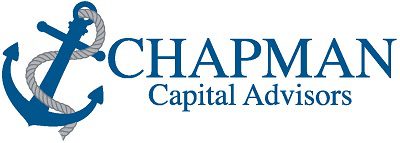We hope you had a happy Thanksgiving full of friends, family, and fun.
The stock market is down so far in 2022, so many people are assessing their portfolios. A good way to do this is through the Gilligan’s Island test, named after the 1960s TV show where a shipwreck stranded seven people on a tropical island.
You perform the Gilligan’s Island test by thinking about whether you would be comfortable owning each position in your portfolio if you were stranded on an island with no way to trade the investment. You would probably think about the quality of the company’s products and services, its competitive position, and if management will treat shareholders well. You would probably favor proven, historically profitable companies or broad-based index funds.
You’d also be unlikely to think about how the investment would perform in a recession or two, or if the political party you don’t like won the White House. And you would not care how the stock price moved while you were on the island so long as you could maintain your lifestyle when you got home.
Cryptocurrencies, SPACs, meme stocks, and NFTs have all been in the headlines over the last couple of years. They all share one trait: speculation. They are speculations because they do not generate any cash flow, so the return is solely determined by what someone else will pay. Not many would say crypto is a “buy and forget” asset. No matter your thoughts on crypto, meme stocks, or NFTs, as speculations, they fail the Gilligan’s Island test.
Some speculations will pay off but, taken as a whole, they have a miserable record. There is nothing illegal, immoral, nor particularly profitable about speculating. When the boring investments don’t perform as you hoped, it usually means you underperformed. When exciting investments don’t work, it usually means you lost all of your money.
If you own speculative assets and are ready for a change, call us. If you know someone who does, please introduce us. We build portfolios that you would not have to worry about if you were stranded on a tropical island, on vacation, or just enjoying life.
(We want you to be as financially secure as Thurston or “Lovely” Howell. You can decide which of us is Gilligan!)






